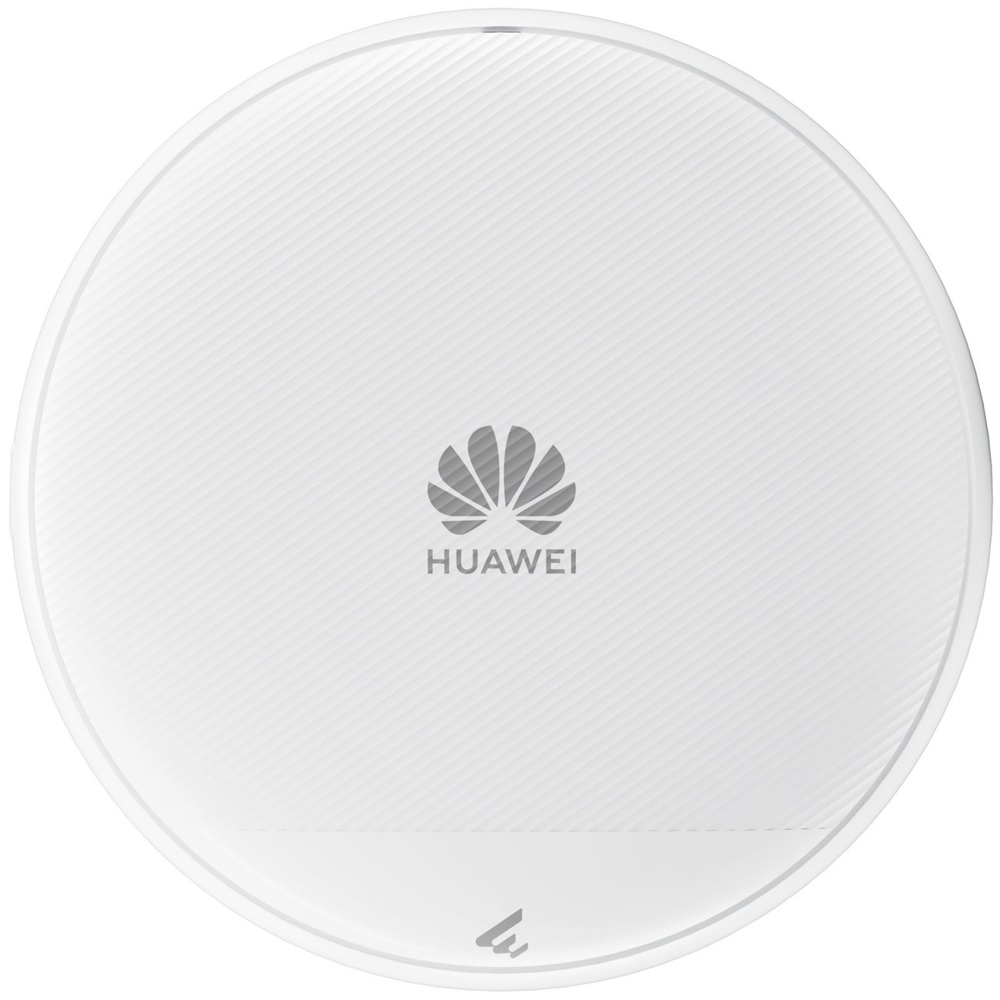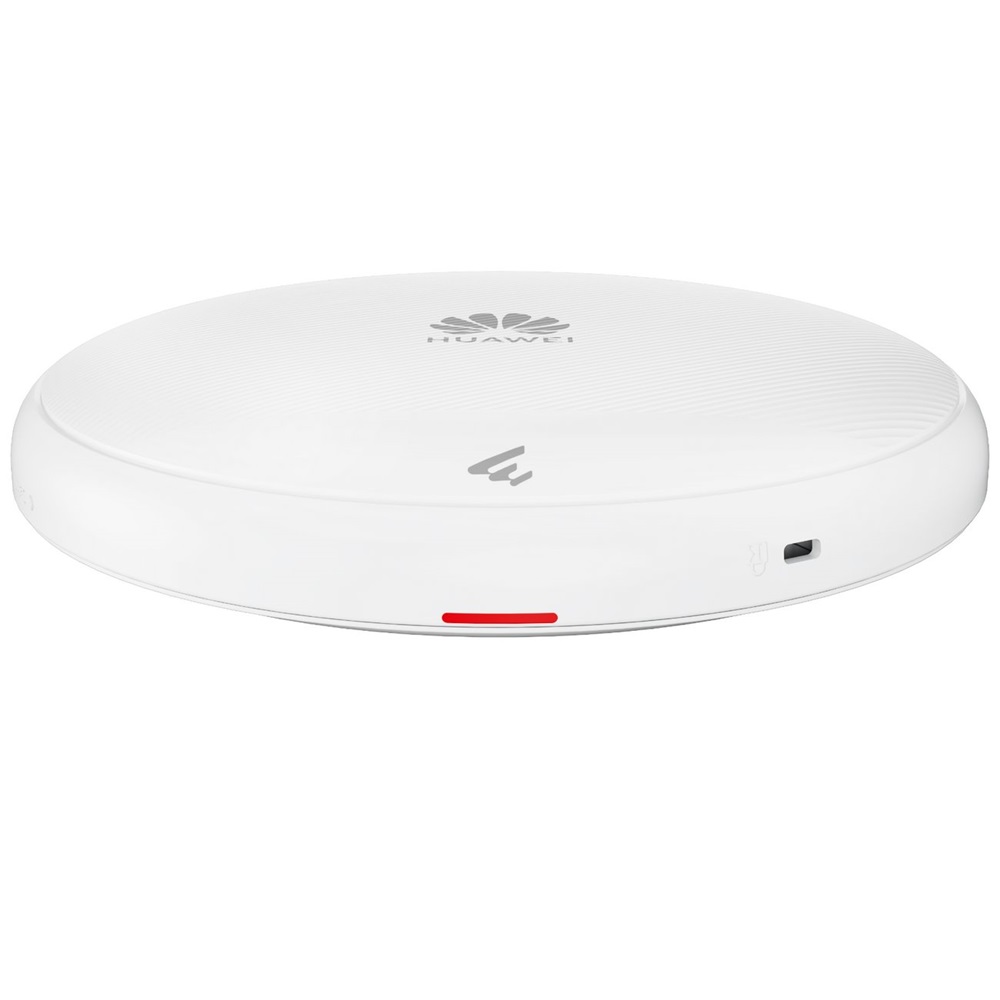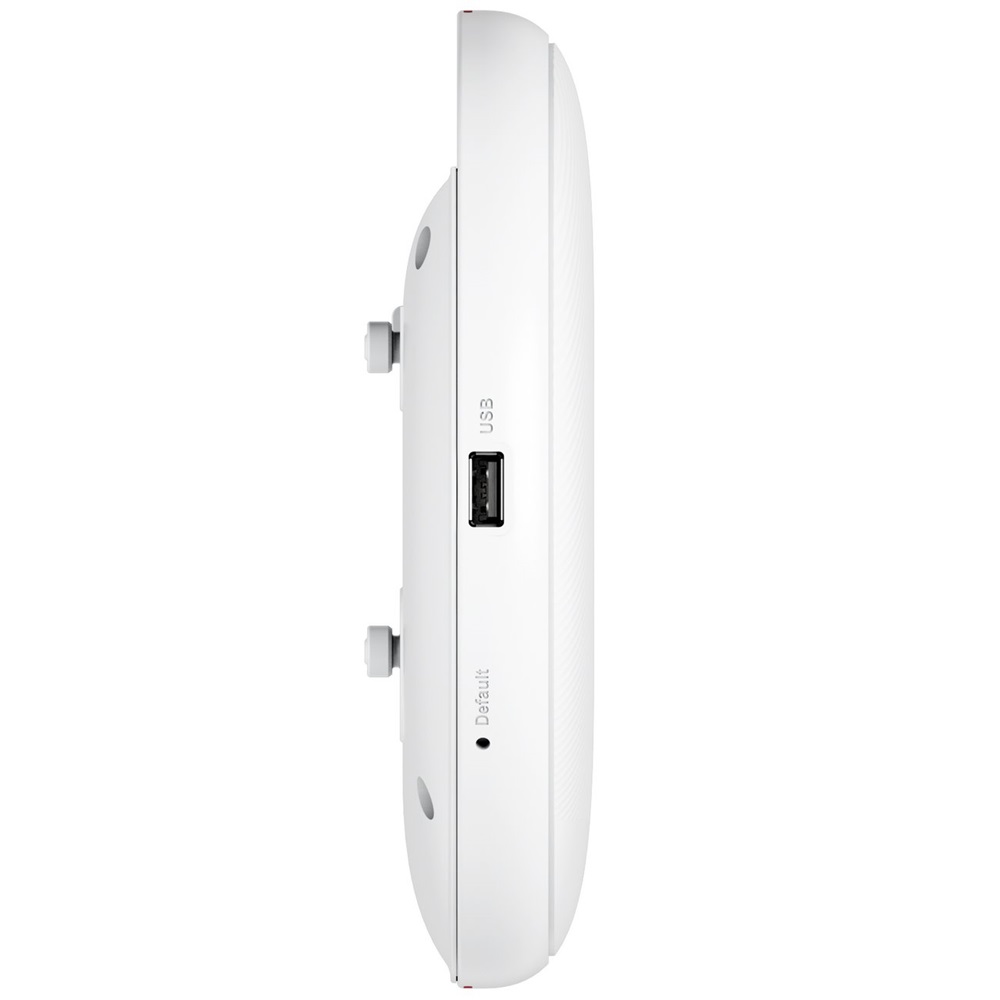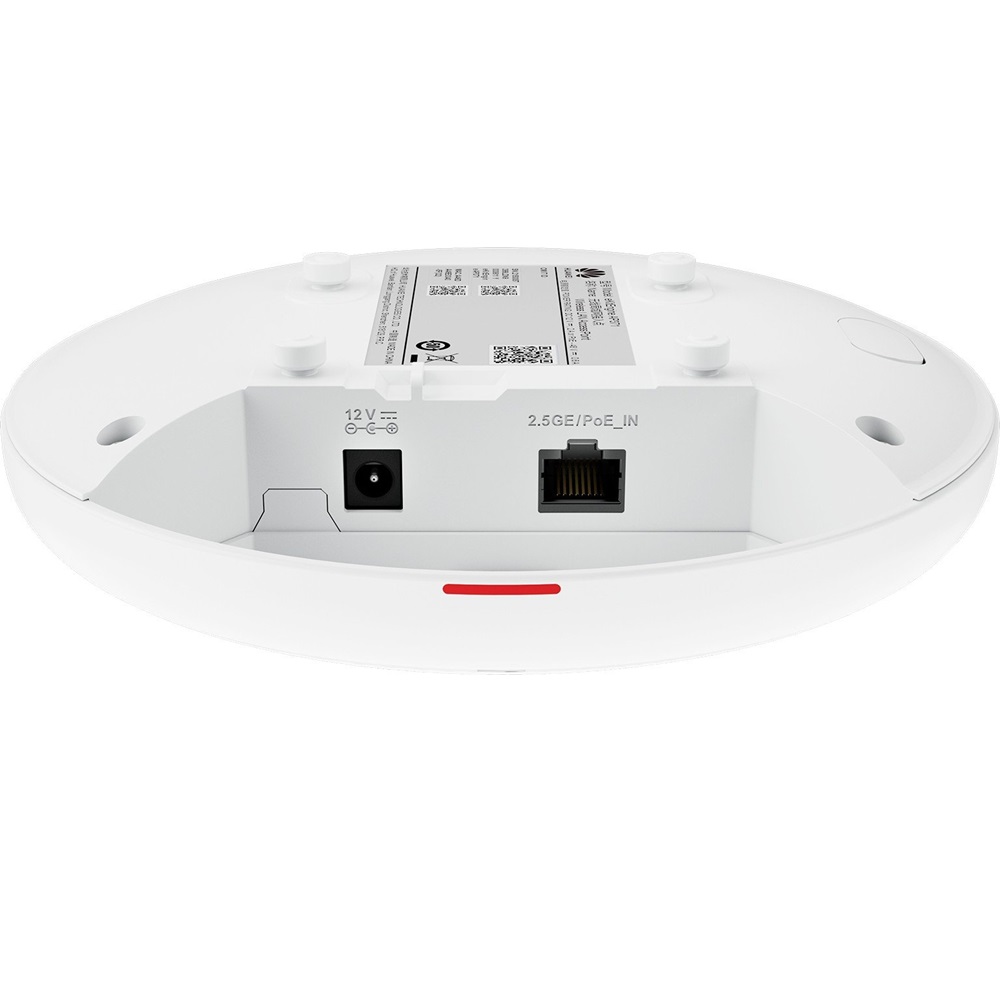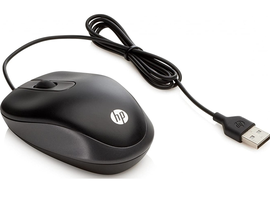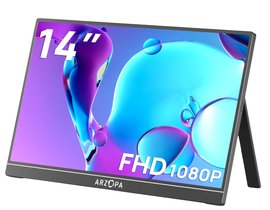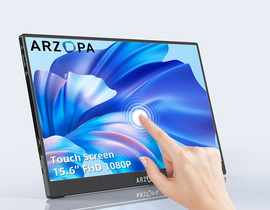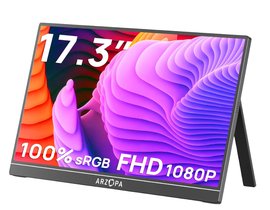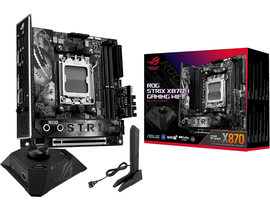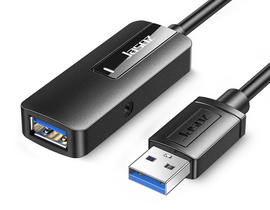
تفاصيل
Product Overview Huawei eKitEngine AP371 is a next-generation indoor access point (AP) in compliance with Wi-Fi 7 (802.11be). It can simultaneously provide services on 2.4 GHz (2×2 MIMO) and 5 GHz (2×2 MIMO) frequency bands, supporting a total of 4 spatial streams and achieving a device rate of up to 3.57 Gbps. The AP is empowered by brand-new Wi-Fi 7 technologies and is equipped with built-in smart antennas to enable always-on Wi-Fi signals for users, significantly enhancing users’ wireless network experience. Additionally, it has a compact size, facilitating flexible deployment and saving customer investment. These strengths make the eKitEngine AP371 ideal for indoor coverage scenarios such as small- and medium-sized business (SMB) workplaces, hospitals, and shopping malls and supermarkets.
lProvides services simultaneously on both the 2.4 GHz (2×2) and 5 GHz (2×2) frequency bands, at a rate of up to 689 Mbps at 2.4 GHz, 2.88 Gbps at 5 GHz, and 3.57 Gbps for the device.lHas built-in smart antennas that automatically adjust the coverage direction and signal strength based on the intelligent switchover algorithm. Such capability enables the AP to flexibly adapt to the application environment changes, providing accurate and stable coverage as STAs move.lSupports Fit and cloud management working modes, and enables Huawei cloud management platform to manage and operate APs and services on the APs, reducing network O&M costs.lThe cloud management (APP or SNC) is recommended for AP371. The local management capability of S380+AP371 will be supported on September 30.
Feature Descriptions Wi-Fi 7 (802.11be) standard Wi-Fi 7 (802.11be) is the next-generation Wi-Fi standard to be launched, also known as IEEE 802.11be or extremely high throughput (EHT). Based on Wi-Fi 6, Wi-Fi 7 introduces technologies such as 320 MHz bandwidth, 4096-quadrature amplitude modulation (QAM), multi-resource unit (RU), multi-link operation (MLO), enhanced multi-user multiple-input multiple-output (MU-MIMO), and multi-AP coordination. Drawing on these cutting-edge technologies, Wi-Fi 7 delivers a higher data transmission rate and lower latency than Wi-Fi 6. The network throughput of Wi-Fi 7 is expected to increase to more than 30 Gbps, about three times that of Wi-Fi 6. Wi-Fi 7 vs. Wi-Fi 6 Based on the Wi-Fi 6 standard, Wi-Fi 7 introduces a plurality of new technologies. The following compares Wi-Fi 6 and Wi-Fi 7.
New Features in Wi-Fi 7
Wi-Fi 7 aims to increase the WLAN throughput to over 30 Gbps and provide low-latency access assurance. To achieve this goal, the standard defines modifications to both the physical layer (PHY) and MAC layer. Compared with Wi-Fi 6, Wi-Fi 7 brings the following technical innovations:
Multi-RU*
In Wi-Fi 6, each user can send or receive frames only on the RUs allocated to them, which greatlylimits the flexibility of spectrum resource scheduling. To resolve this problem and further improvespectrum efficiency, Wi-Fi 7 defines a mechanism for allocating multiple RUs to a single user. Tobalance the implementation complexity and spectrum utilization, the standard specifications imposecertain restrictions on RU combination. That is, small RUs (containing fewer than 242 tones) can becombined only with small RUs, and large RUs (containing greater than or equal to 242 tones) can becombined only with large RUs. Small RUs and large RUs cannot be combined together.
Features marked with asterisks (*) can be implemented through software upgrade.
Higher-Order 4096-QAM
The highest order modulation supported by Wi-Fi 6 is 1024-QAM, which allows each modulationsymbol to carry up to 10 bits. To further improve the rate, Wi-Fi 7 introduces 4096-QAM so that eachmodulation symbol can carry 12 bits. With the same coding scheme, 4096-QAM in Wi-Fi 7 canachieve a 20% rate increase compared with 1024-QAM in Wi-Fi 6.
Multi-Link Mechanism
To efficiently utilize all available spectrum resources, the TGbe defines multi-link aggregationtechnologies, including the MAC architecture of enhanced multi-link aggregation, multi-link channelaccess, and multi-link transmission.
Multi-AP Coordination*
In the current 802.11 protocol framework, there is not much coordination between APs. CommonWLAN functions, such as automatic radio calibration and smart roaming, are vendor-defined features.Multi-AP coordination aims to optimize channel selection and adjust loads between APs to achieve
efficient utilization and balanced allocation of radio resources. Coordinated scheduling between multiple APs in Wi-Fi 7 involves inter-cell coordinated planning in the time and frequency domains, inter-cell interference coordination, and distributed MIMO. This reduces interference between APs and greatly improves the utilization of air interface resources.
lMulti-AP coordination can be implemented in various methods, such as coordinated orthogonalfrequency division multiple access (C-OFDMA), coordinated spatial reuse (CSR), coordinatedbeamforming (CBF), and joint transmission (JXT).
Wi-Fi 7 Application Scenarios
New functions introduced by Wi-Fi 7 will significantly improve the data transmission rate and deliver lower latency. These highlights will contribute to the development of emerging applications:
- الرئيسية
- »
- الكمبيوتر/ الأجهزة اللوحية
- »
- شبكات
- »
- تخزين الأقراص الصلبة
- »
- نقطة وصول Huawei AP371 WiFi 7 BE3600 الداخلية eKit، إدارة سحابية، نقطة وصول ثابتة مزدوجة الراديو 2.5GE
معدل بيانات eKitEngine : 3.57 جيجابت في الثانية المستخدمون الموصى بهم: 150 نصف قطر التغطية الأمثل: 20 مترًا ضمان الأمان السلكي واللاسلكي معايرة الراديو التلقائية، الوصول ثنائي النطاق، 2.5GE نحاسي (11ax داخلي، 2+2 نطاق مزدوج، هوائي ذكي)، سلكي، مدخل PoE
-
يباع من
pcstore
تصفح المنتجات الأخرى

- SKUsku_37_7091
- الشحنالتوصيل العادي,
-
توصيل
يختلف بالنسبة للمنتجات المشحونة من دولة أخرى
التسليم في غضون 4 أيام عمل - الدولةالكويت
- أيام الارجاع0 يوم
تفاصيل
Product Overview Huawei eKitEngine AP371 is a next-generation indoor access point (AP) in compliance with Wi-Fi 7 (802.11be). It can simultaneously provide services on 2.4 GHz (2×2 MIMO) and 5 GHz (2×2 MIMO) frequency bands, supporting a total of 4 spatial streams and achieving a device rate of up to 3.57 Gbps. The AP is empowered by brand-new Wi-Fi 7 technologies and is equipped with built-in smart antennas to enable always-on Wi-Fi signals for users, significantly enhancing users’ wireless network experience. Additionally, it has a compact size, facilitating flexible deployment and saving customer investment. These strengths make the eKitEngine AP371 ideal for indoor coverage scenarios such as small- and medium-sized business (SMB) workplaces, hospitals, and shopping malls and supermarkets.
lProvides services simultaneously on both the 2.4 GHz (2×2) and 5 GHz (2×2) frequency bands, at a rate of up to 689 Mbps at 2.4 GHz, 2.88 Gbps at 5 GHz, and 3.57 Gbps for the device.lHas built-in smart antennas that automatically adjust the coverage direction and signal strength based on the intelligent switchover algorithm. Such capability enables the AP to flexibly adapt to the application environment changes, providing accurate and stable coverage as STAs move.lSupports Fit and cloud management working modes, and enables Huawei cloud management platform to manage and operate APs and services on the APs, reducing network O&M costs.lThe cloud management (APP or SNC) is recommended for AP371. The local management capability of S380+AP371 will be supported on September 30.
Feature Descriptions Wi-Fi 7 (802.11be) standard Wi-Fi 7 (802.11be) is the next-generation Wi-Fi standard to be launched, also known as IEEE 802.11be or extremely high throughput (EHT). Based on Wi-Fi 6, Wi-Fi 7 introduces technologies such as 320 MHz bandwidth, 4096-quadrature amplitude modulation (QAM), multi-resource unit (RU), multi-link operation (MLO), enhanced multi-user multiple-input multiple-output (MU-MIMO), and multi-AP coordination. Drawing on these cutting-edge technologies, Wi-Fi 7 delivers a higher data transmission rate and lower latency than Wi-Fi 6. The network throughput of Wi-Fi 7 is expected to increase to more than 30 Gbps, about three times that of Wi-Fi 6. Wi-Fi 7 vs. Wi-Fi 6 Based on the Wi-Fi 6 standard, Wi-Fi 7 introduces a plurality of new technologies. The following compares Wi-Fi 6 and Wi-Fi 7.
New Features in Wi-Fi 7
Wi-Fi 7 aims to increase the WLAN throughput to over 30 Gbps and provide low-latency access assurance. To achieve this goal, the standard defines modifications to both the physical layer (PHY) and MAC layer. Compared with Wi-Fi 6, Wi-Fi 7 brings the following technical innovations:
Multi-RU*
In Wi-Fi 6, each user can send or receive frames only on the RUs allocated to them, which greatlylimits the flexibility of spectrum resource scheduling. To resolve this problem and further improvespectrum efficiency, Wi-Fi 7 defines a mechanism for allocating multiple RUs to a single user. Tobalance the implementation complexity and spectrum utilization, the standard specifications imposecertain restrictions on RU combination. That is, small RUs (containing fewer than 242 tones) can becombined only with small RUs, and large RUs (containing greater than or equal to 242 tones) can becombined only with large RUs. Small RUs and large RUs cannot be combined together.
Features marked with asterisks (*) can be implemented through software upgrade.
Higher-Order 4096-QAM
The highest order modulation supported by Wi-Fi 6 is 1024-QAM, which allows each modulationsymbol to carry up to 10 bits. To further improve the rate, Wi-Fi 7 introduces 4096-QAM so that eachmodulation symbol can carry 12 bits. With the same coding scheme, 4096-QAM in Wi-Fi 7 canachieve a 20% rate increase compared with 1024-QAM in Wi-Fi 6.
Multi-Link Mechanism
To efficiently utilize all available spectrum resources, the TGbe defines multi-link aggregationtechnologies, including the MAC architecture of enhanced multi-link aggregation, multi-link channelaccess, and multi-link transmission.
Multi-AP Coordination*
In the current 802.11 protocol framework, there is not much coordination between APs. CommonWLAN functions, such as automatic radio calibration and smart roaming, are vendor-defined features.Multi-AP coordination aims to optimize channel selection and adjust loads between APs to achieve
efficient utilization and balanced allocation of radio resources. Coordinated scheduling between multiple APs in Wi-Fi 7 involves inter-cell coordinated planning in the time and frequency domains, inter-cell interference coordination, and distributed MIMO. This reduces interference between APs and greatly improves the utilization of air interface resources.
lMulti-AP coordination can be implemented in various methods, such as coordinated orthogonalfrequency division multiple access (C-OFDMA), coordinated spatial reuse (CSR), coordinatedbeamforming (CBF), and joint transmission (JXT).
Wi-Fi 7 Application Scenarios
New functions introduced by Wi-Fi 7 will significantly improve the data transmission rate and deliver lower latency. These highlights will contribute to the development of emerging applications:


